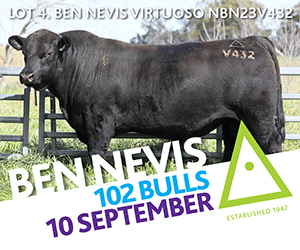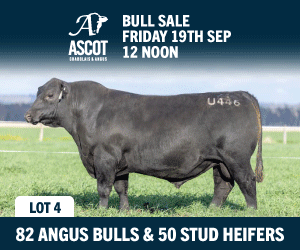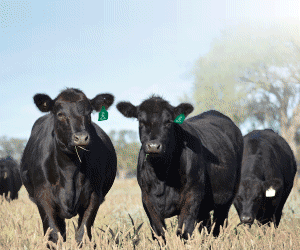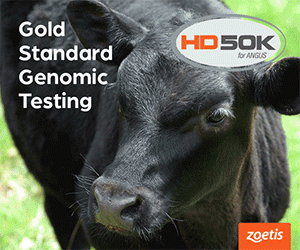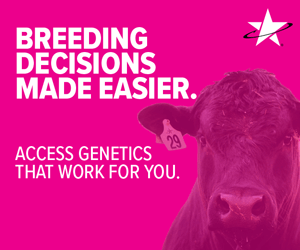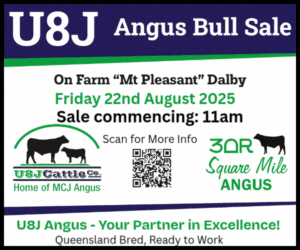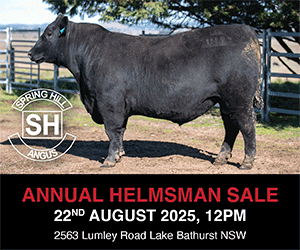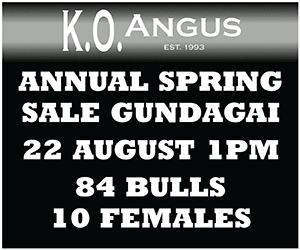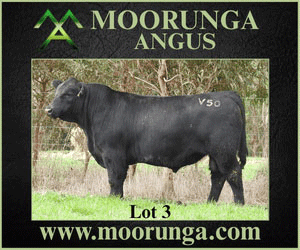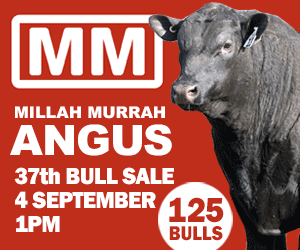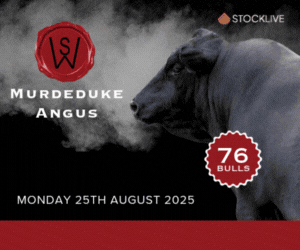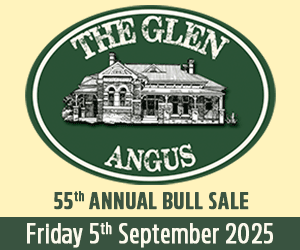Genetic Conditions
A genetic condition is caused by an abnormality in an individual’s DNA. These abnormalities can range from a single gene mutation to the addition or loss of an entire chromosome. Angus Australia currently monitors nine genetic conditions. To learn more CLICK HERE
Genetic Test Codes
The genetic condition status of Australian Angus animals is routinely displayed for the following genetic conditions:
- Arthrogryposis multiplex (AM)
- Contractual arachnodactyly (CA)
- Developmental duplications (DD)
- Dwarfism (DW)
- Horns (HH)
- Alpha-mannosidosis (MA)
- Muscular hypertrophy (MH)
- Neuropathic hydrocephalus (NH)
- Oculocutaneous hypopigmentation (OH)
- Red gene (RG)
- Oesteopetrosis (OS)
An animal’s genetic condition status is based on DNA samples provided by breeders.
Disclaimer: Angus Australia makes no statements, representations or warranties about the accuracy or completeness of, any information relating to the status of a particular animal; and, disclaims all responsibility for information and all liability (including without limitation, liability in negligence) for all expenses, losses, damages, and costs you may incur as a result of information being inaccurate or incomplete in any way for any reason.
Description of the Genetic Test Codes
For each genetic condition, the first two letters of the code indicate the genetic condition, with the status of the animal displayed as follows;
Free
Indicates that the sample submitted for the animal has been tested and found to be free of the causative mutation responsible for the condition. This animal is homozygous free,
Carrier
Indicates that the sample submitted for the animal has been tested and found to be a carrier of the causative mutation responsible for the condition. This animal is heterozygous for the mutation, meaning that it has one mutant allele and one normal allele. This animal could pass the mutation to approximately half of its progeny.
Free Untested
Indicates that, based on the pedigree information supplied by the breeder of the animal, the animal is expected to be free of the mutation responsible for the condition but has not been tested. However, this animal has not been tested for the causative mutation and Angus Australia gives no guarantee as the animal’s free status.
Carrier
Indicates that, based on the pedigree information supplied by the breeder of the animal, the animal has a chance of being a carrier of the mutation responsible for the condition but has not been tested. The higher the indicated percentage, the larger the chance the animal may be a carrier. To verify the status of this animal, Angus Australia recommends a test be undertaken prior to using this animal for breeding purposes.
Affected
Indicates that the sample submitted for this animal has been tested and the animal found to be homozygous for the mutation responsible for the genetic condition and have two copies of the mutant variant of the gene. Note, for some recessive conditions such as DD, not all homozygous animals may appear to display phenotypic expression of the condition.
A * will be displayed next to the genetic test result for a small number of animals. The * indicates that the result displayed is not consistent with the expected result for this animal, and despite an investigation being conducted by Angus Australia, an unidentified error exists in either the pedigree recorded for this animal, or in the genetic test results that are recorded for relatives of this animal. Angus Australia recommends genetic tests be taken on any relative of this animal prior to using the relative in a breeding program to confirm their genetic test result.
Example
As an example of how to interpret an animals genetic condition information;
AAAM100 has the following genetic condition information displayed AMFU, CAF, DDC and NH25%,
This means, AAAM100 is free based on pedigree of Arthrogryposis multiplex (AM), tested free of Contractual arachnodactyly (CA), a tested carrier of Developmental duplications (DD) and has a 25% chance of being a carrier based on pedigree of Neuropathic hydrocephalus (NH).


